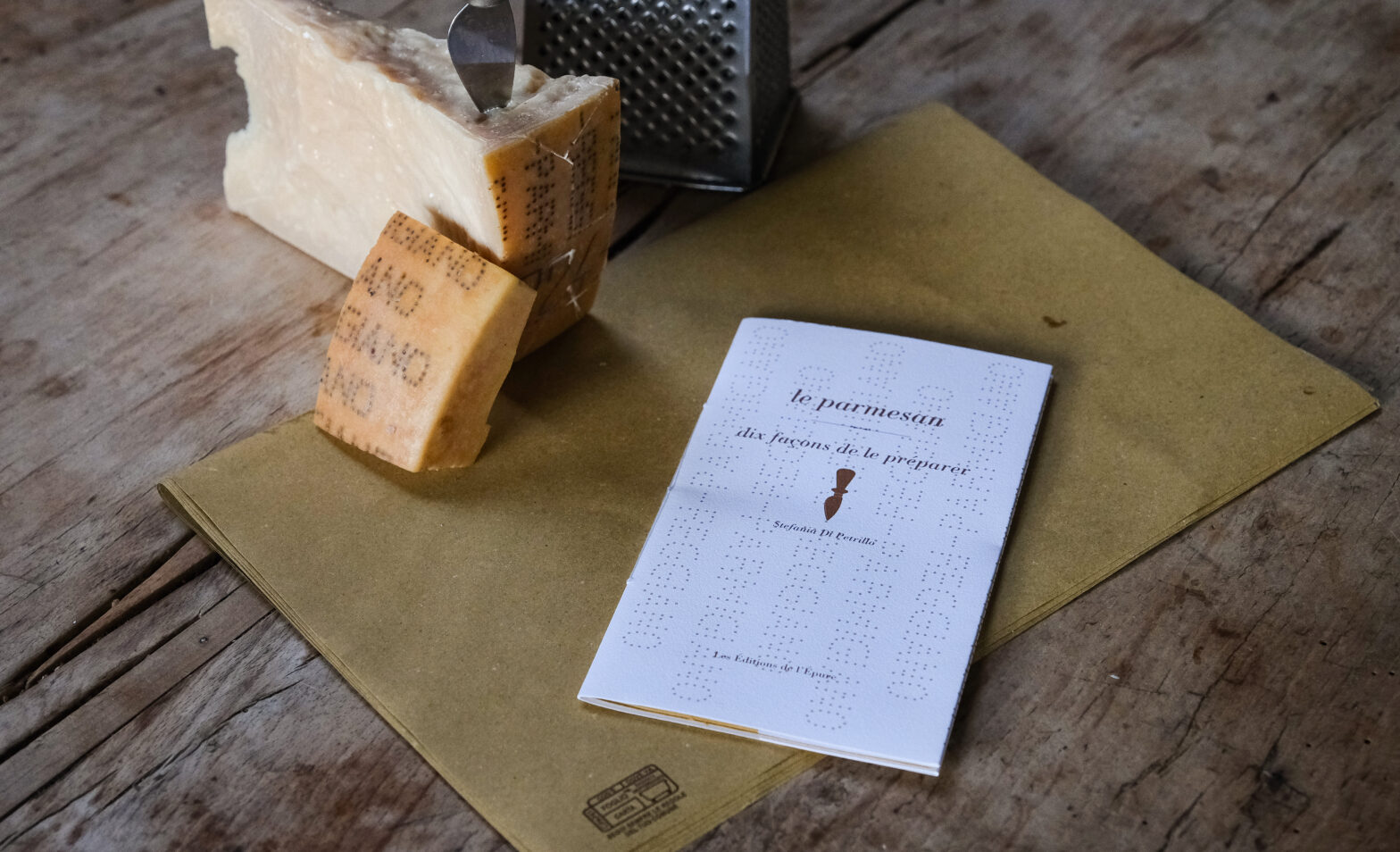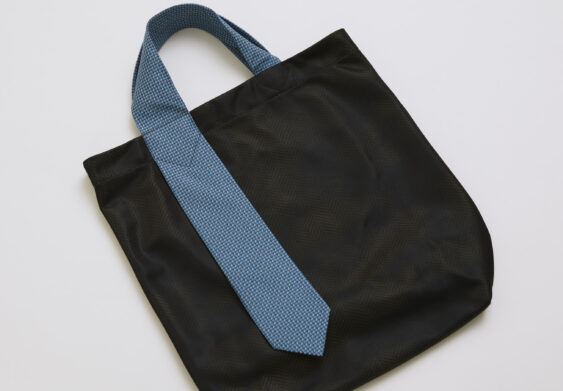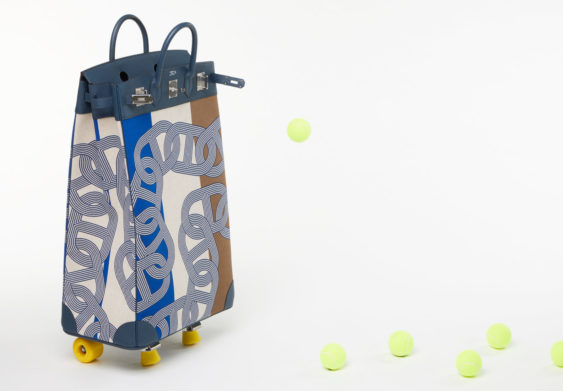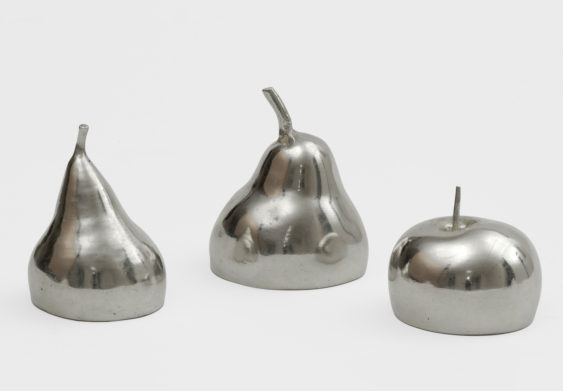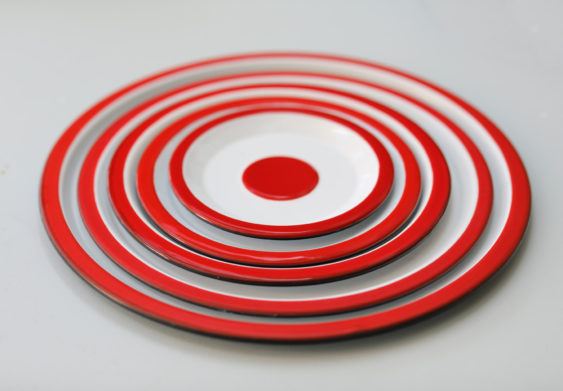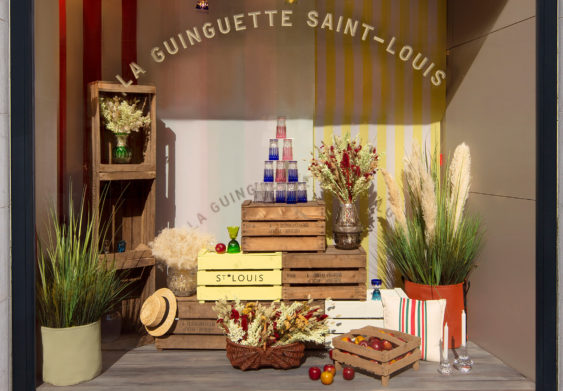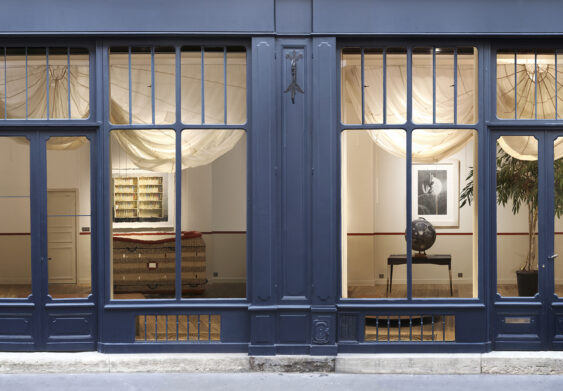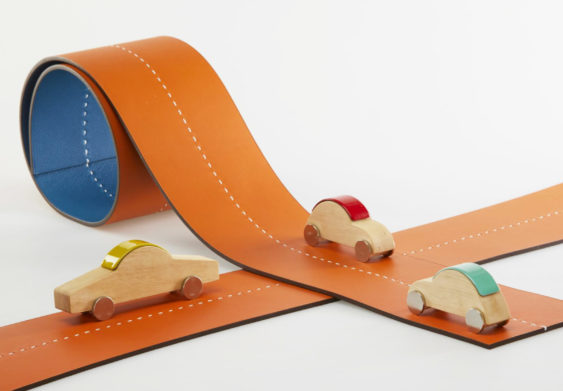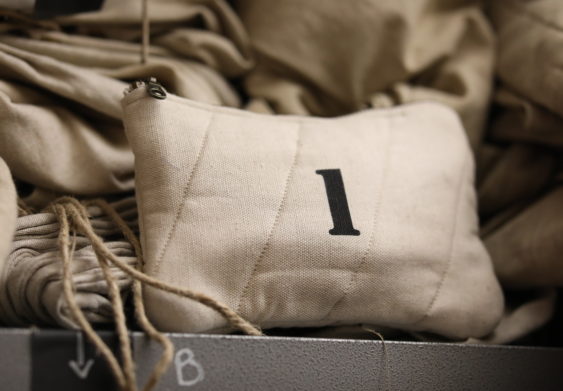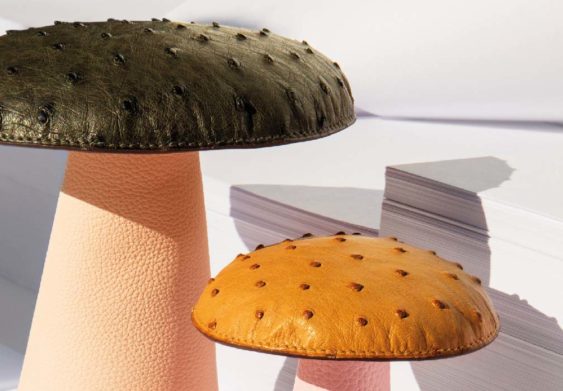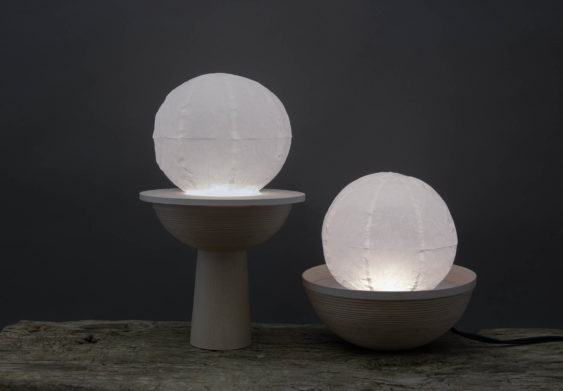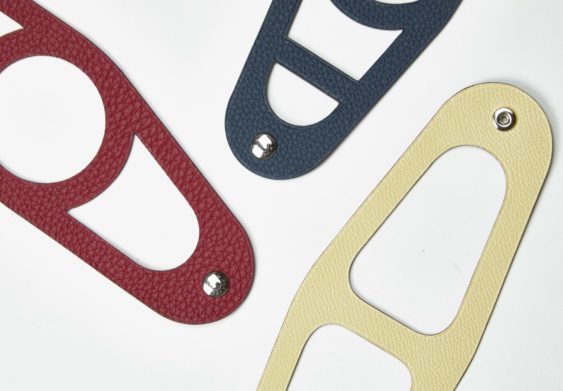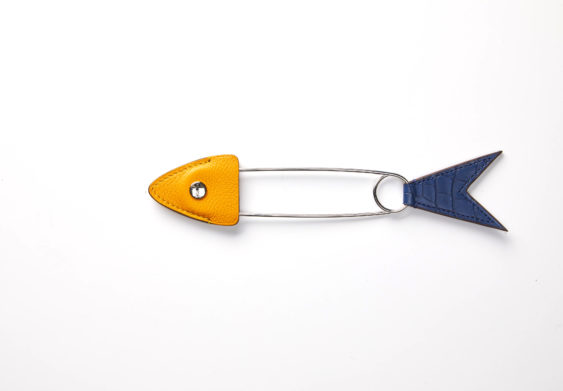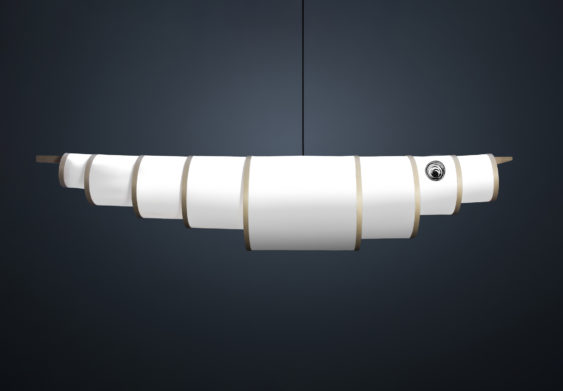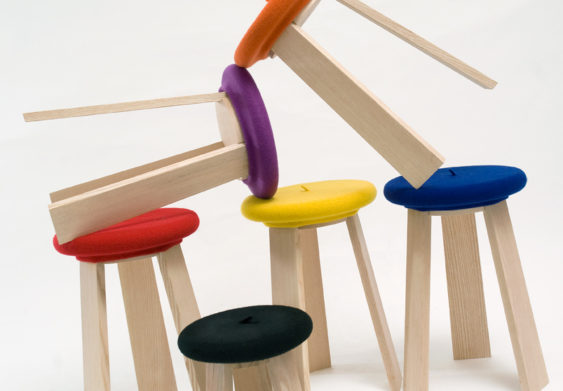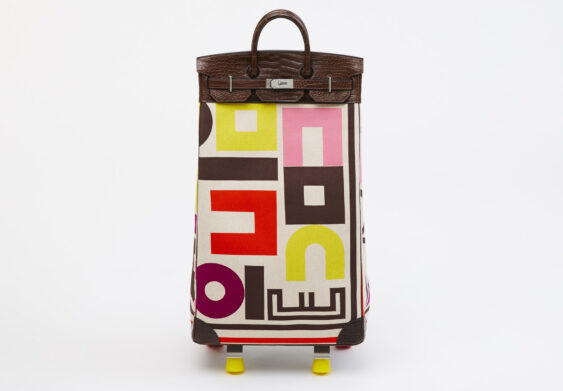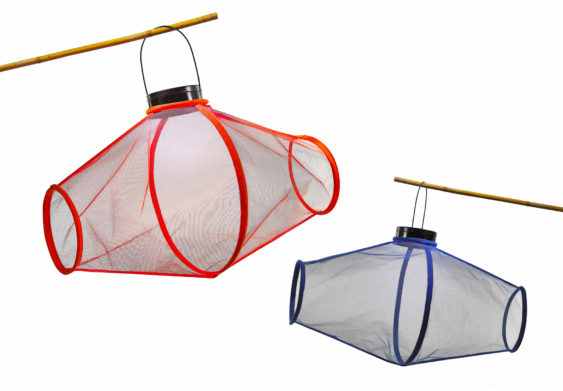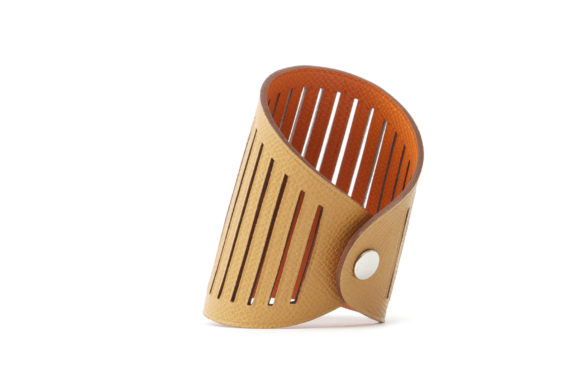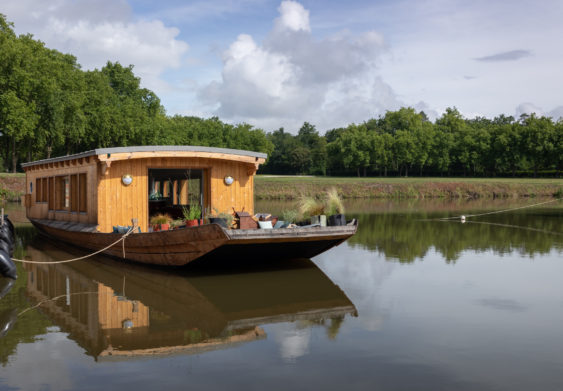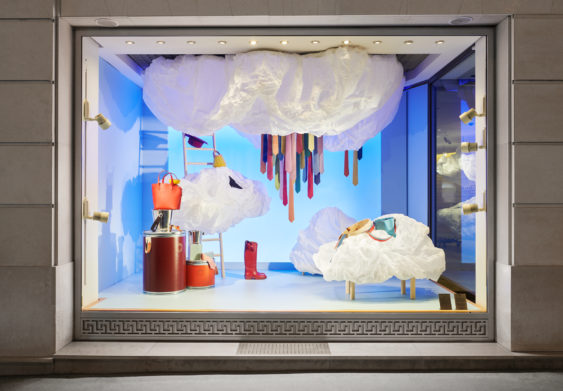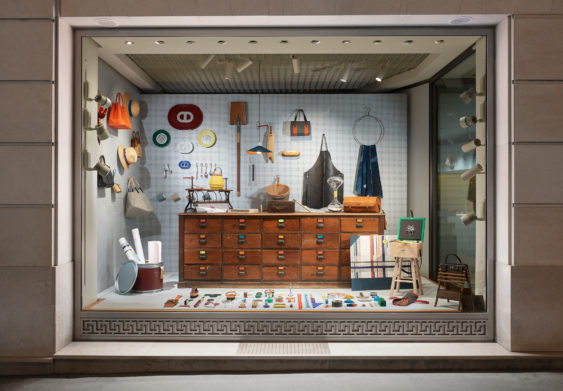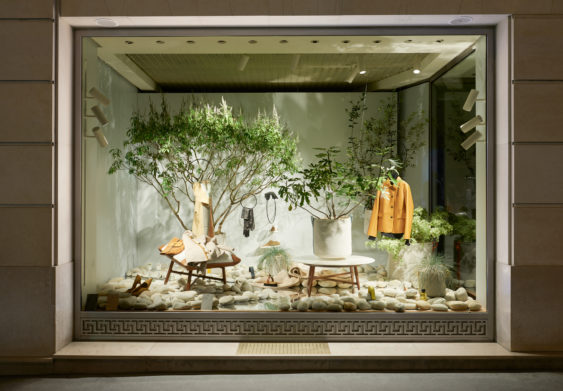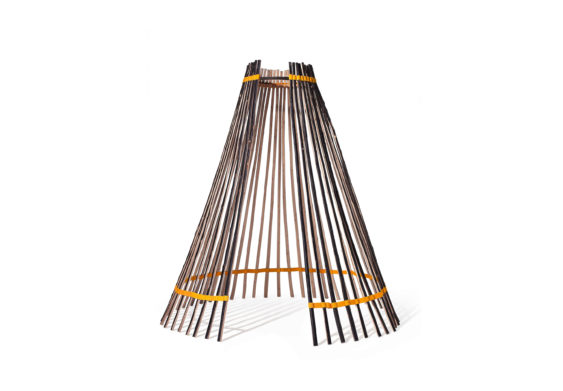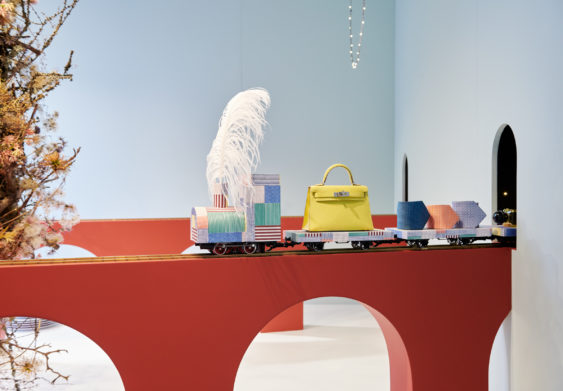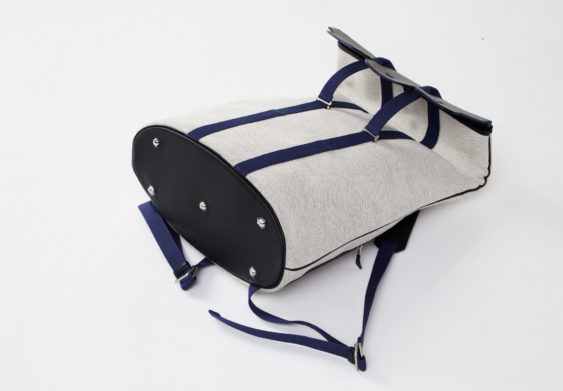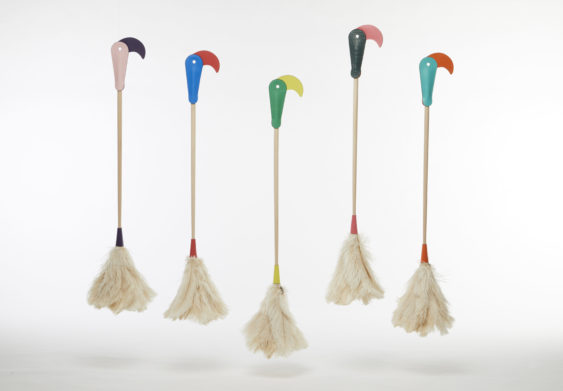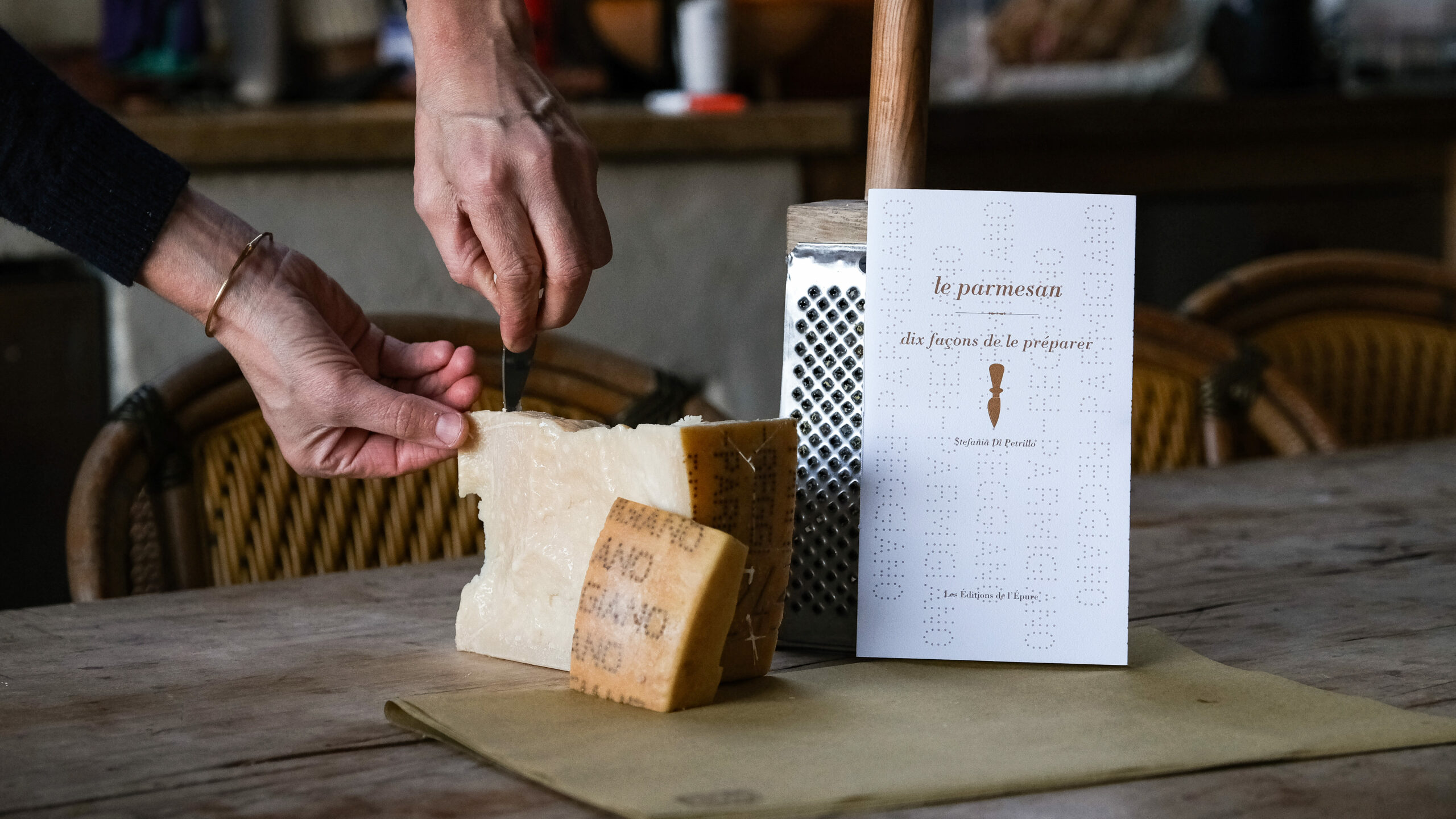
le parmesan
Les éditions de l’Épure invitent Stefania à écrire le livre « 10 façons de préparer le parmesan ».
Stefania, parisienne d’adoption, mais italienne d’origine, plus précisément de Parma, a accepté le défi. Plongée dans les souvenirs de son enfance, et les gouts qu’elle retrouve à chaque fois qu’elle rend visite à ses parents en Italie, elle raconte à travers ces dix recettes toute la saveur de cette partie d’Italie où l’excellence gastronomique règne.
Le livre, entièrement réalisé à partir d’une feuille de papier A0 repliée au format, se découpe page par page à l’aide d’un couteau affuté. On retrouve alors les 10 recettes, imprimées à l’encre sur un papier alimentaire recyclé utilisé à Parma pour emballer le parmesan. La couverture reproduit le pointillé typique de la croute du fromage mondialement reconnu pour son gout et ses bienfaits.
Stefania, Parisian by adoption, but Italian of origin, more precisely from Parma, accepted the challenge. Immersed in the memories of her childhood, and the tastes that she rediscovers every time she visits her parents in Italy, she tells through these ten recipes all the flavor of this part of Italy where gastronomic excellence reign.
The book, made entirely from a sheet of A0 paper folded to size, is cut out page by page using a sharp knife. We then find the 10 recipes, printed in ink on recycled food paper used in Parma to package parmesan. The cover reproduces the typical dotted line of the cheese rind, recognized worldwide for its taste and benefits.
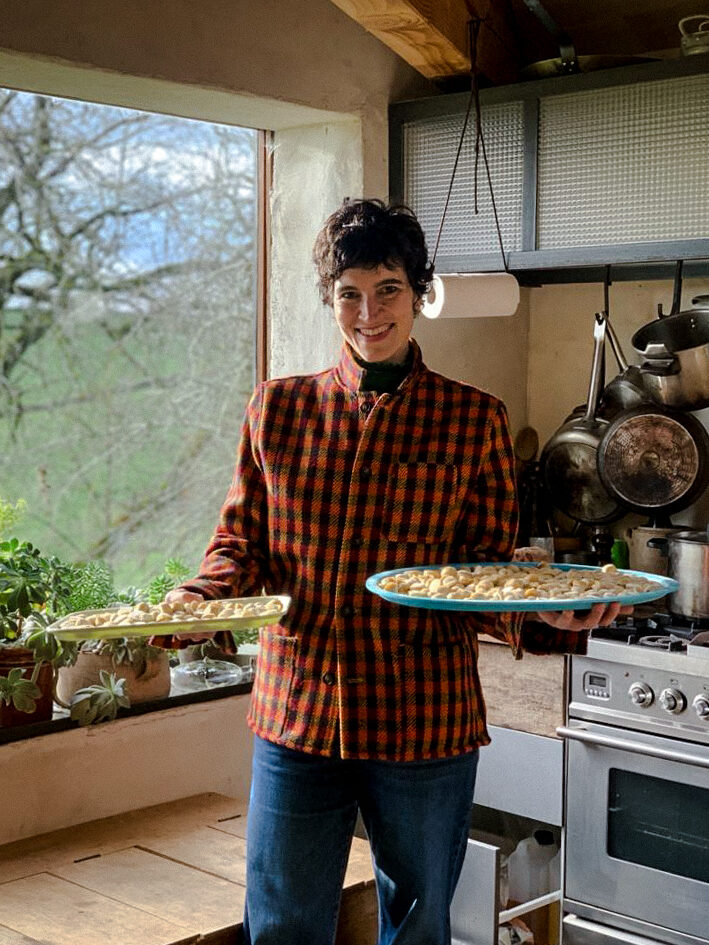
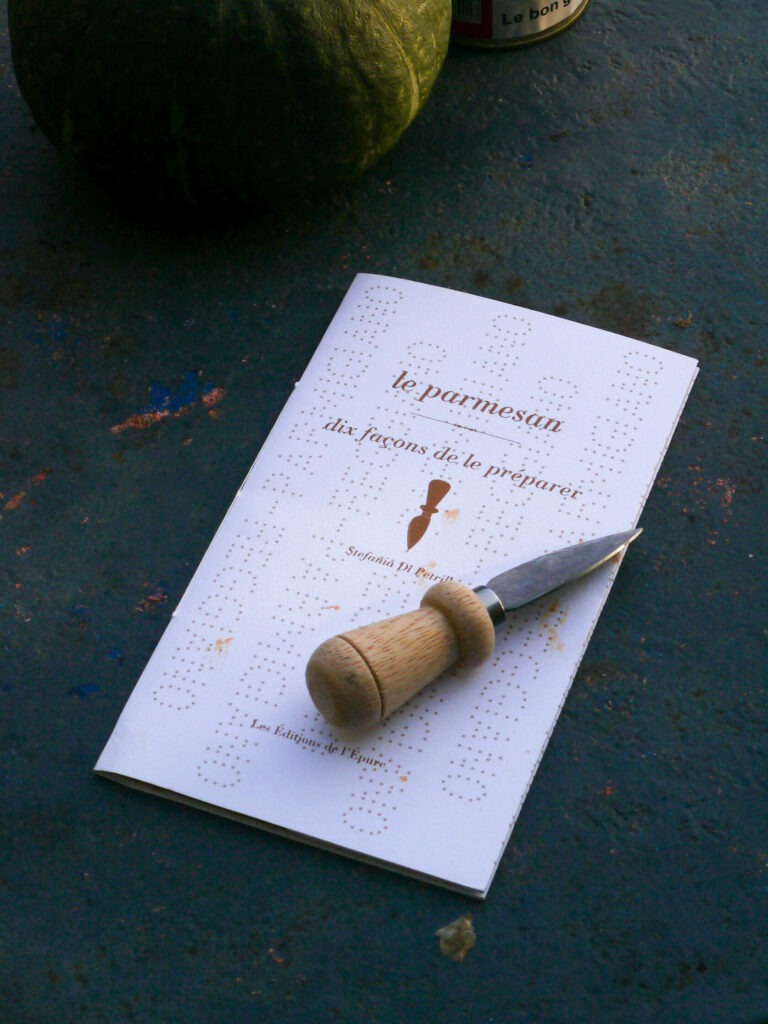
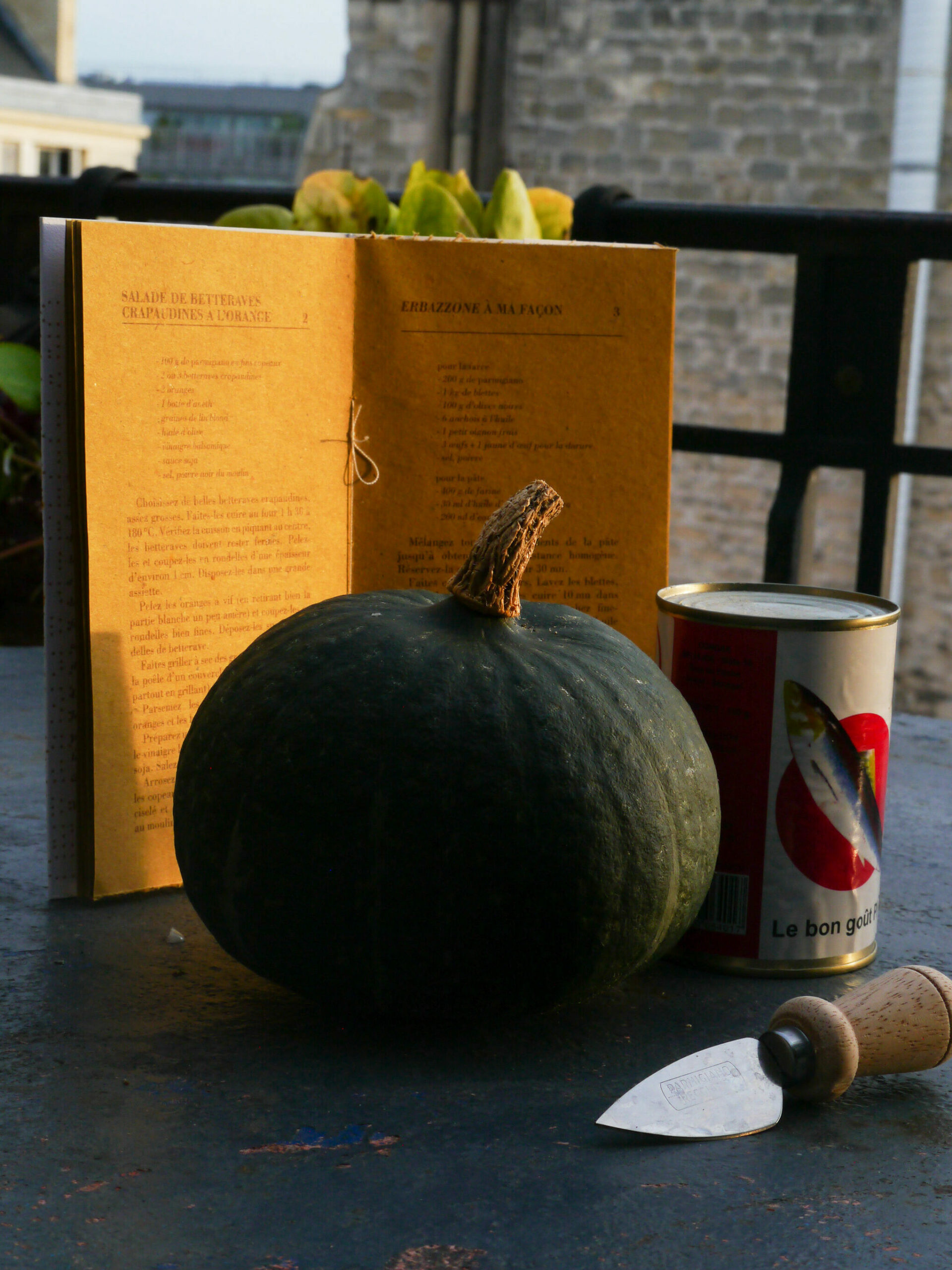
Ma mère m’a raconté que, quand j’étais petite, mon pédiatre, ce cher docteur Gambara, prescrivait il parmigiano comme aliment indispensable au bon développement de l’enfant… Il est facile de se procurer ce « médicament » quand on vit à Parma, la ville où trouver una punta di buon parmigiano.
Parma, charmante petite ville du centre nord de l’Italie où je suis née, est au cœur de la fameuse vallée d’or où ce fromage “champion du monde” est encore fabriqué sous haute protection du consortium. Déjà présent dans la région à l’époque romaine, il doit son développement et l’affirmation de sa délicatesse aux moines bénédictins qui construisirent les premières fromageries à dessin octogonal, si typiques dans la région. Grâce à l’abondance des cours d’eau (le Po et le Reno), aux prés à pâturages très fertiles, et au sel des salines de Salsomaggiore, on commença tout naturellement à produire un fromage à pâte dure, avec le lait stocké dans de grands chaudrons en cuivre.
De nos jours, les formes sont disposées sur des grandes planches en bois pour sécher naturellement pendant 12 mois. Les experts du consortium contrôlent alors les formes une à une, en marquant à chaud celles qui sont conformes au DOP (Appelation d’origine protégée), et en écartant les autres… Les roues de parmigiano doivent se reposer au moins six mois. Autre exigence est que le parmigiano soit fabriqué exclusivement dans les terroirs de Parma, Reggio Emilia, Modena, Mantova, entre les plaines et les montagnes à droite du Po. Tout fromage au-delà de ces terroirs ne sera ni garanti par le consortium, ni digne d’être appelé parmigiano reggiano.
Soyez donc méfiant à l’égard de tous ces « parmesan cheese » … Un parmigiano digne de se nom n’a guère besoin de traduction !
Quant à moi, jusqu’à aujourd’hui, je n’ai jamais acheté de parmesan en dehors de Parma, où je retourne régulièrement. Je trouve toujours une petite place pour en glisser une ou deux pointes sous vide dans ma valise. La bonne nouvelle étant que les fromages à pâte dure passent les contrôles des bagages à main aux aéroports… Raison de plus pour faire un détour par Parma si vous prévoyez un petit séjour en Italie du Nord.
Une fois sur place, il vous sera facile de repérer le bon morceau. 18 mois, 22 mois, 30 mois, les trois stagionature sont bonnes. Le plus jeune est riche en notes d’herbe et de fleurs, et décidément plus tendre. Une stagionatura au de-là de 30 mois donne un fromage avec un gout et une consistance plus affirmés. Avec sa structure granuleuse, le parmigiano ne se coupe pas, mais il se casse, avec un petit couteau bien spécifique, ou il se râpe.
La saison idéale pour le rapporter est, à mon avis, l’automne. De retout en France, courez au marché acheter des bonnes poires et laissez-vous surprendre par cette évidente association. Pour revivre quelques moments de douceur parmesane, choisissez une musique de Giuseppe Verdi (autre fierté de Parme) et, sur ses notes, préparez sa recette préférée, le risotto al parmigiano.
Stefania Di Petrillo
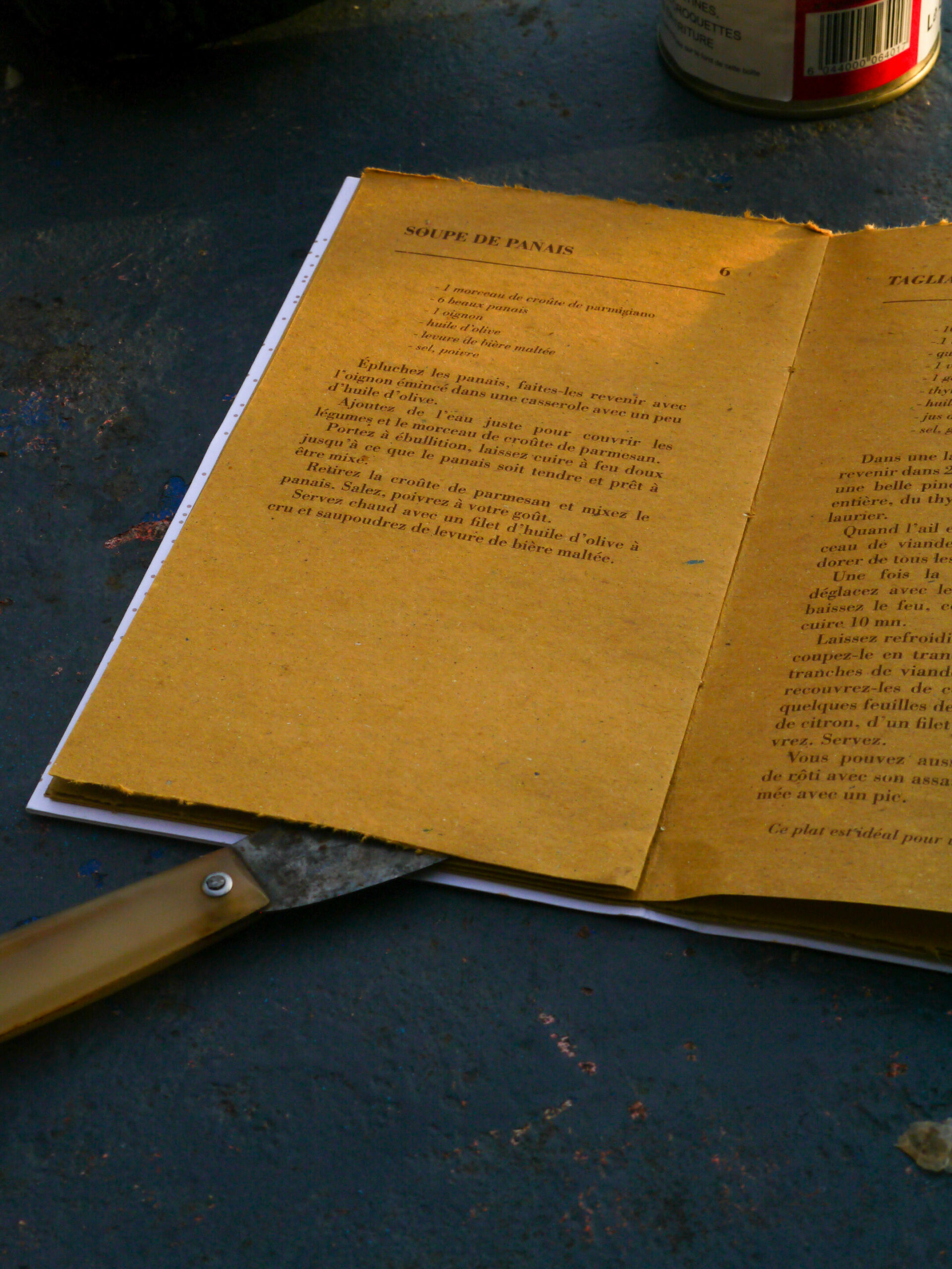
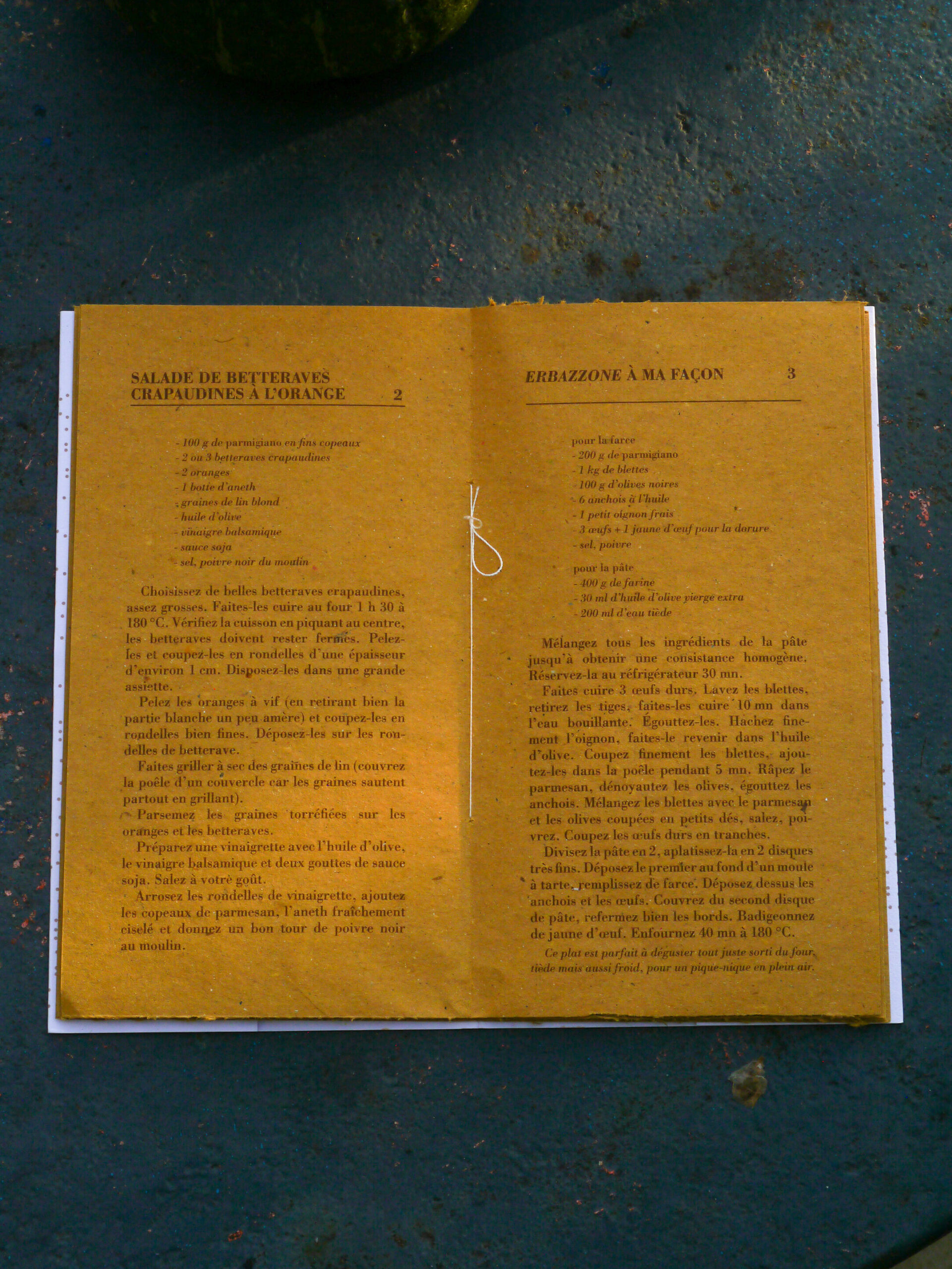
My mother told me that when I was little, my pediatrician, dear doctor Gambara, prescribed parmigiano as an essential food for the proper development of the child… It is easy to get this «medicine» when you live in Parma, the city where you can find una punta di buon parmigiano.
Parma, a charming little town in the centre of northern Italy where I was born, is in the heart of the famous golden valley where this “world champion” cheese is still made under the high protection of the consortium. Already present in the region in Roman times, it owes its development and the affirmation of its delicacy to the Benedictine monks who built the first cheese factories with an octagonal design, so typical in the region. Thanks to the abundance of the rivers (the Po and the Reno), to the meadows with very fertile pastures, and to the salt of the Salsomaggiore salt pans, one began quite naturally to produce a hard cheese, with the milk stored in large copper cauldrons. Nowadays, the shapes are laid out on large wooden boards to dry naturally for 12 months. The consortium’s experts then check the forms one by one, by hot marking those that comply with the DOP (Protected Origin Designation), and discarding the others… Parmigiano wheels should rest for at least six months. Another requirement is that parmigiano is made exclusively in the terroirs of Parma, Reggio Emilia, Modena, Mantova, between the plains and the mountains to the right of the Po. Any cheese beyond these terroirs will not be guaranteed by the consortium, nor worthy of being called Parmigiano Reggiano.
So be wary of all these “parmesan cheese” … A Parmigiano worthy of its name hardly needs translation!
As for me, until today, I have never bought parmesan outside of Parma, where I return regularly. I always find a small place to slip one or two vacuum points into my suitcase. The good news is that hard cheeses pass hand baggage screening at airports… All the more reason to make a detour to Parma if you are planning a short stay in Northern Italy.
Once there, it will be easy to spot the right piece. 18 months, 22 months, 30 months, the three stagionature are good. The youngest is rich in notes of grass and flowers, and decidedly more tender. A stagionatura of 30 months gives a cheese with a more assertive taste and consistency. With its granular structure, the parmigiano does not cut, but it breaks, with a small specific knife, or it grates. The ideal season to bring it back is, in my opinion, autumn. Back in France, run to the market to buy good pears and let yourself be surprised by this obvious association. To relive a few moments of Parmesan sweetness, choose a music by Giuseppe Verdi (another pride of Parma) and, on his notes, prepare his favorite recipe, the risotto with parmigiano.
Stefania Di Petrillo
